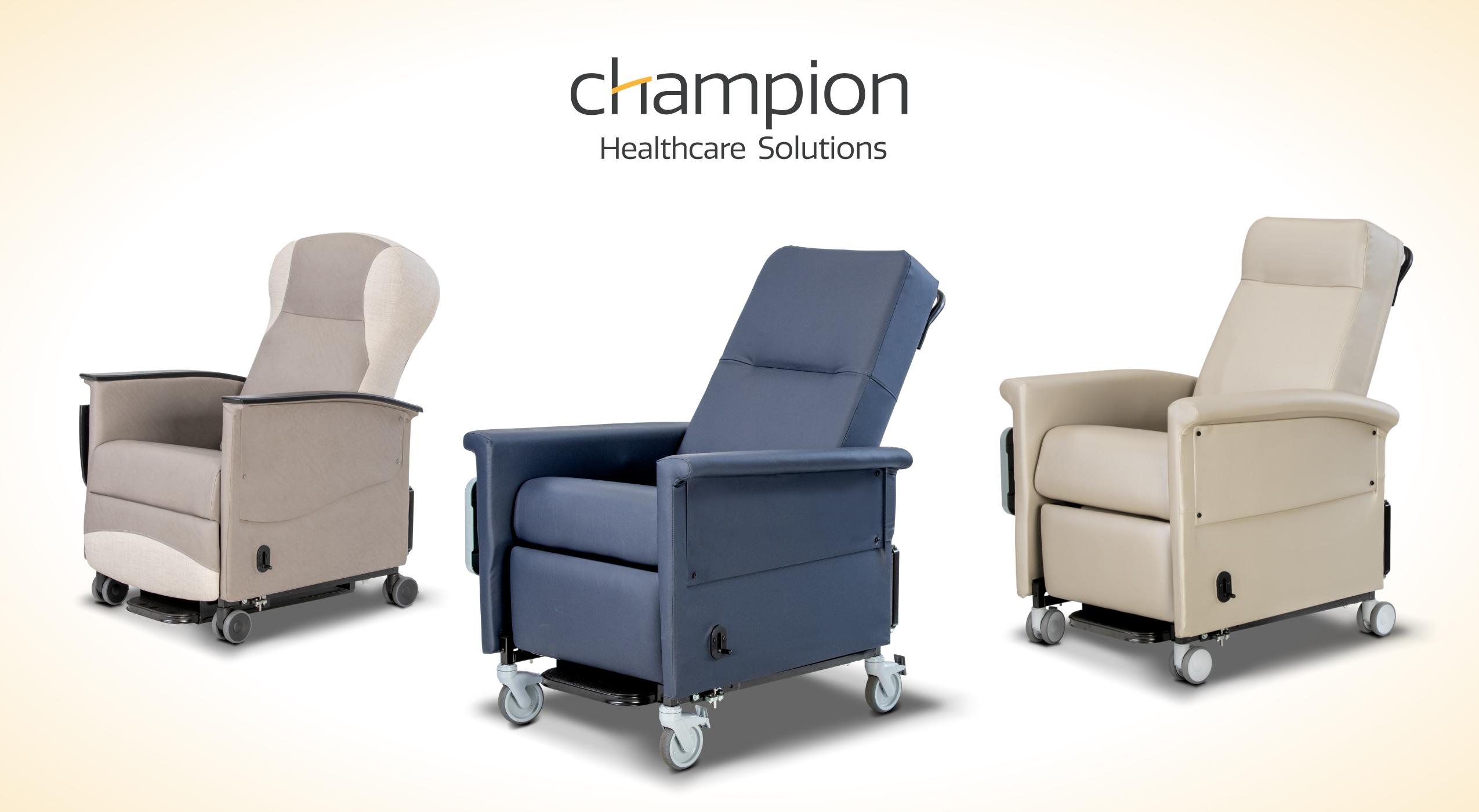
Patient experience in healthcare has become one of the most important measures of performance for hospitals, outpatient centers, and specialty clinics. Increasingly, patients are being described as “customers.” At first glance, this makes sense. In nearly every other aspect of life—shopping, dining, travel—people are accustomed to convenience, personalization, and responsive service. They naturally carry those expectations into healthcare settings.
But the shift from patient to customer is not without consequences. When hospitals and clinics prioritize satisfaction in the same way as consumer-facing industries, it can transform everything from clinical workflows and staff morale to care quality and equity of access.
So, what actually happens when medical facilities treat patients like customers? And how should administrators, nurse managers, and clinical leaders navigate this cultural shift? Let’s break it down.
The Benefits of a Customer Service Approach in Healthcare
1. Improved Patient Experience
Facilities that draw inspiration from customer service industries often design processes with a focus on efficiency and ease. This translates into:
- Shorter wait times
- Streamlined scheduling and check-in
- Transparent communication about costs and care plans
- Welcoming, comfortable environments
For example, an infusion center that carefully staggers appointments to minimize wait times doesn’t just create happier patients—it builds trust that the facility respects their time and well-being.
Sign up to get the latest industry news and offers right in your inbox
2. Patient-Centered Care
A customer-oriented mindset supports shared decision-making, flexible hours, telehealth access, and personalized treatment planning. Instead of passively receiving care, patients are actively involved in the process, making them more engaged and invested in the outcomes.
This shift is especially powerful in chronic conditions such as oncology or dialysis, where patient adherence plays a critical role in long-term health.

3. Accountability Through Feedback
Just as businesses rely on customer reviews, hospitals are turning to satisfaction surveys, digital feedback tools, and public ratings. While not perfect, these tools can reveal pain points such as confusing discharge instructions or poor accessibility. Leaders who act on this data often see measurable improvements in trust and patient loyalty.
4. Innovation and Modernization
The “customer-first” model pushes facilities to embrace digital health tools, online portals, mobile scheduling, and telemonitoring. These innovations not only improve convenience but also streamline workflows, freeing clinicians to focus more on patient care.
The Risks of Treating Patients Like Customers
1. Satisfaction Over Outcomes
One of the most significant risks is prioritizing happiness over health. Physicians may feel pressure to overprescribe antibiotics, order unnecessary scans, or agree to treatments patients demand, even if they’re not clinically justified.
Research has shown that high satisfaction does not always equate to better health outcomes, and in some cases, can even correlate with higher resource use and costs.
2. Commoditization of Care
Treating healthcare like a product can skew priorities toward revenue-generating electives or cosmetic procedures, while medically necessary but less profitable services are sidelined. This shift risks reducing care to a transaction rather than a healing relationship.
3. Widening Equity Gaps
Retail models often favor those who can afford premium services. In healthcare, this risks leaving behind patients with fewer resources, especially in rural or underserved communities. Even innovations like telehealth are not always accessible for populations without reliable internet or devices.

4. Staff Strain and Burnout
Perhaps the most pressing risk is the impact on clinical staff. Nurses and physicians are highly trained professionals—not concierges. When “customer service” pressures overshadow professional judgment, morale suffers. Nurses may feel pulled in opposite directions: providing dignified care versus catering to consumer demands. Over time, this dynamic contributes to burnout, turnover, and staffing shortages.
Role-Specific Insights for Leaders, Physicians, and Nurses
For Medical Administrators
- Balance metrics. Patient experience scores should guide, not dominate, performance evaluation. Pair them with clinical outcomes, staff well-being, and safety data.
- Protect autonomy. Policies should reinforce that medical decisions must be evidence-based, rather than driven by surveys.
- Invest wisely. Tools that improve both patient comfort and staff workflow (like fall-prevention recliners or integrated scheduling systems) offer the best ROI.
- Ask: Are we chasing short-term satisfaction or building long-term outcomes?
For Physicians
- Educate with empathy. Patients may equate good service with “getting what they want.” Thoughtful communication helps realign expectations with safe, effective care.
- Set clear guardrails. Evidence-based practice must remain the standard, even when patients resist.
- Communicate with clarity. Active listening, explaining rationale, and involving patients in decisions reduce tension between “customer wants” and clinical necessity.
- Ask: How can I integrate patient preferences while practicing responsibly?
For Nurses
- Advocate for dignity. Nurses are often the first to hear patient concerns. Translating those insights into institutional change builds trust.
- Hold professional ground. Saying no to unsafe or unrealistic requests is a crucial part of maintaining nursing integrity.
- Focus on connection. A nurse who listens, explains discharge instructions, and provides reassurance often has a greater impact on satisfaction than amenities do.
- Ask: How can I provide compassionate care while also protecting my professional boundaries?
Patients Are More Than Customers
So, should we treat patients like customers? The truth lies somewhere in between. Patients deserve respect, convenience, and responsive service. However, they are not simply consumers—they are individuals who entrust their health and, often, their lives to healthcare professionals.
Facilities that succeed in this balance achieve:
- Higher satisfaction and better outcomes
- Stronger staff retention and morale
- Safer, more dignified environments
- Long-term loyalty and trust within their communities
Supporting Patient-Centered Comfort with the Right Medical Seating
Patient experience isn’t just shaped by policies and communication. The environment of care plays a major role—especially in oncology, infusion, dialysis, and perioperative settings.
That’s where Champion’s Premier Collection comes in. Designed for both patient comfort and caregiver efficiency, this line of premium recliners offers:
- Trendelenburg positioning for safety in urgent situations
- Swing-away arms for easy patient transport and transfers
- Straight back or wingback styling for facility design flexibility
- Fold-down side tables for convenience
- Foot trays, push handles, and wall-hugger mechanisms to simplify caregiver workflow
- Weight capacities up to 500 lbs. to support a wide range of patients
Common Applications
- Oncology and infusion centers – for long treatment sessions that demand comfort and adjustability
- Extended care settings – providing durable support through prolonged recovery and daily use
- Dialysis centers – where ergonomics and safety are critical for extended use
- General patient rooms – providing dignified, comfortable seating that doesn’t compromise on safety
With models like the Alō Treatment and Alō Recovery chairs, as well as Ascent, Harmony, and Classic recliners, the Premier Collection is designed to meet the needs of modern facilities, striking a balance between patient expectations and staff realities.

Final Thought
Patients deserve to be respected as individuals with preferences, while also receiving care that is rooted in science, safety, and professional expertise. Treating patients purely as customers risks commoditizing medicine—but ignoring their expectations for convenience and dignity is equally shortsighted.
The future belongs to facilities that can blend customer-inspired service with clinical excellence and staff well-being.
Take the Next Step
Not sure which medical seating solution will best support your facility’s goals? Take the guesswork out of choosing—use our virtual chair configurator to build and preview your chair selection online. Then, connect with a Champion team member to ensure that every detail fits your patients, staff, and workflow.
